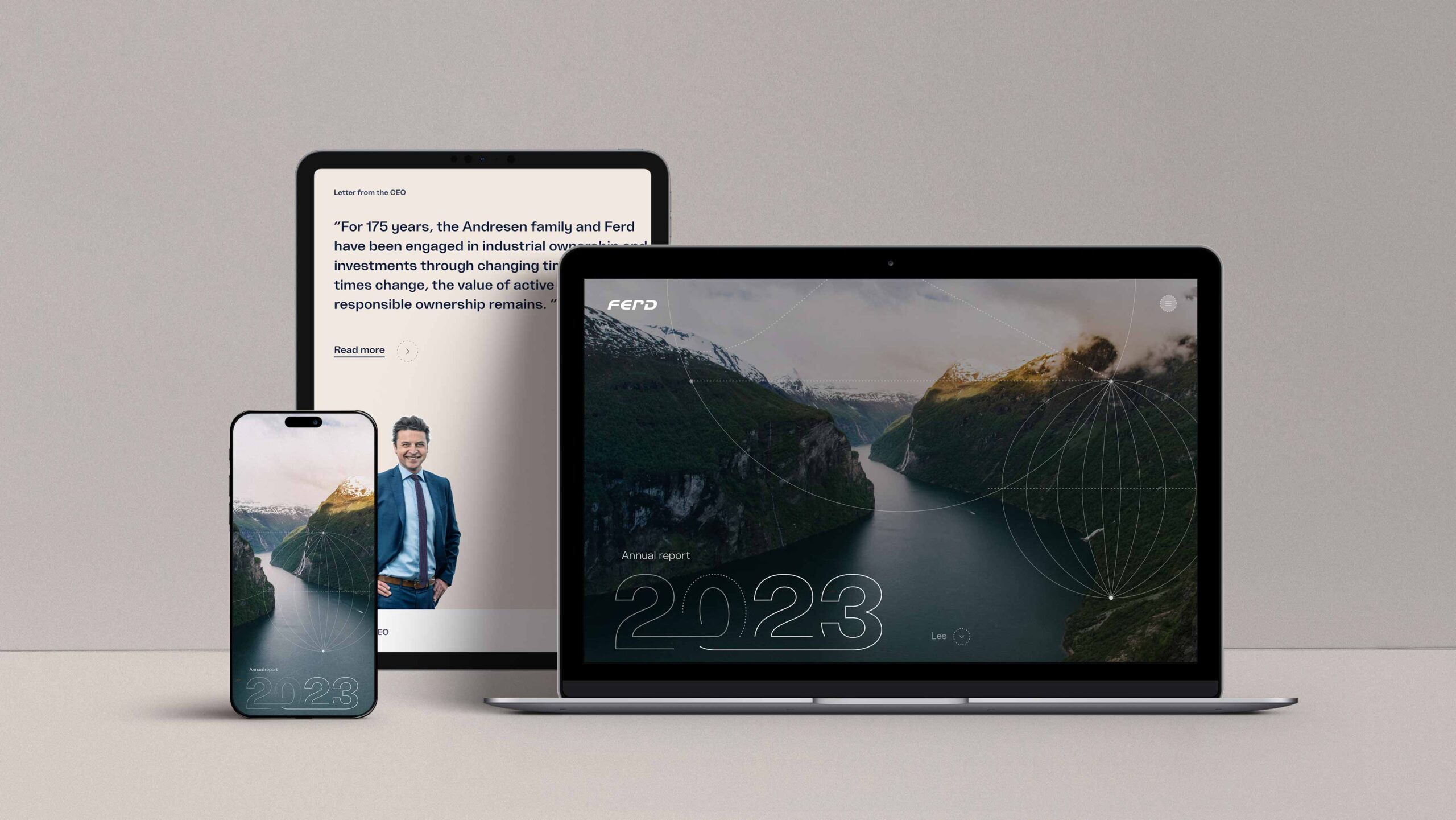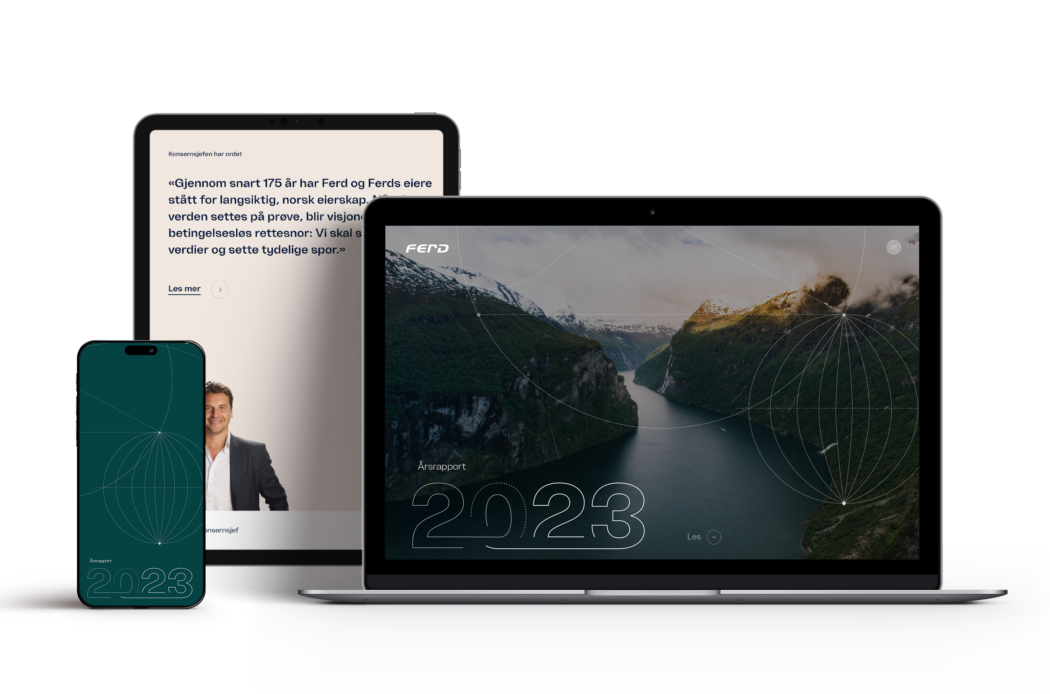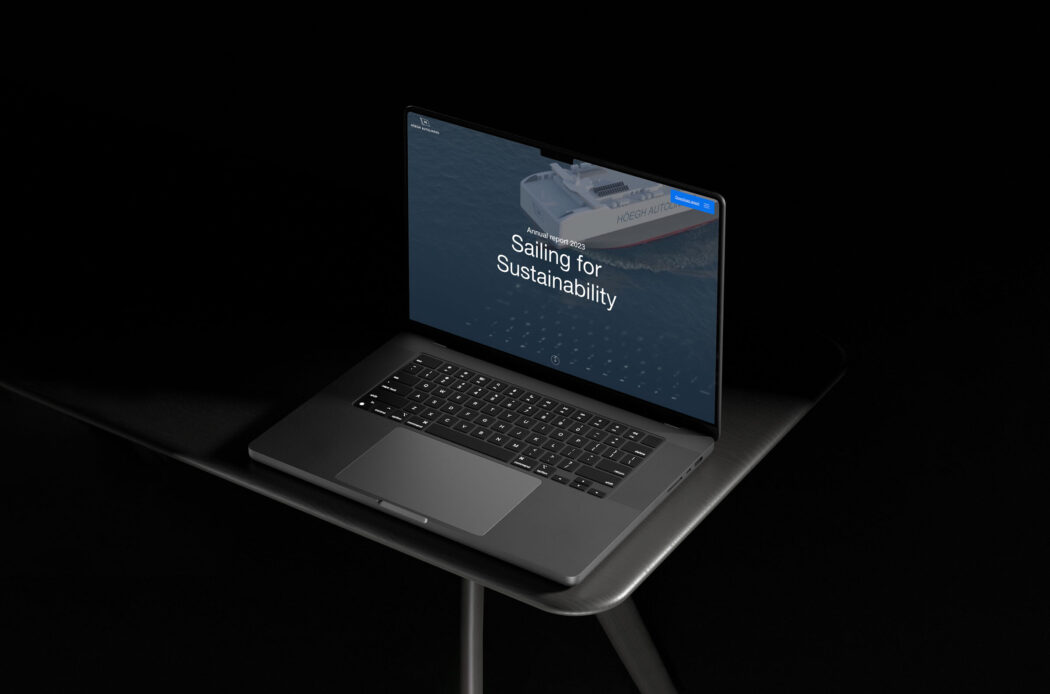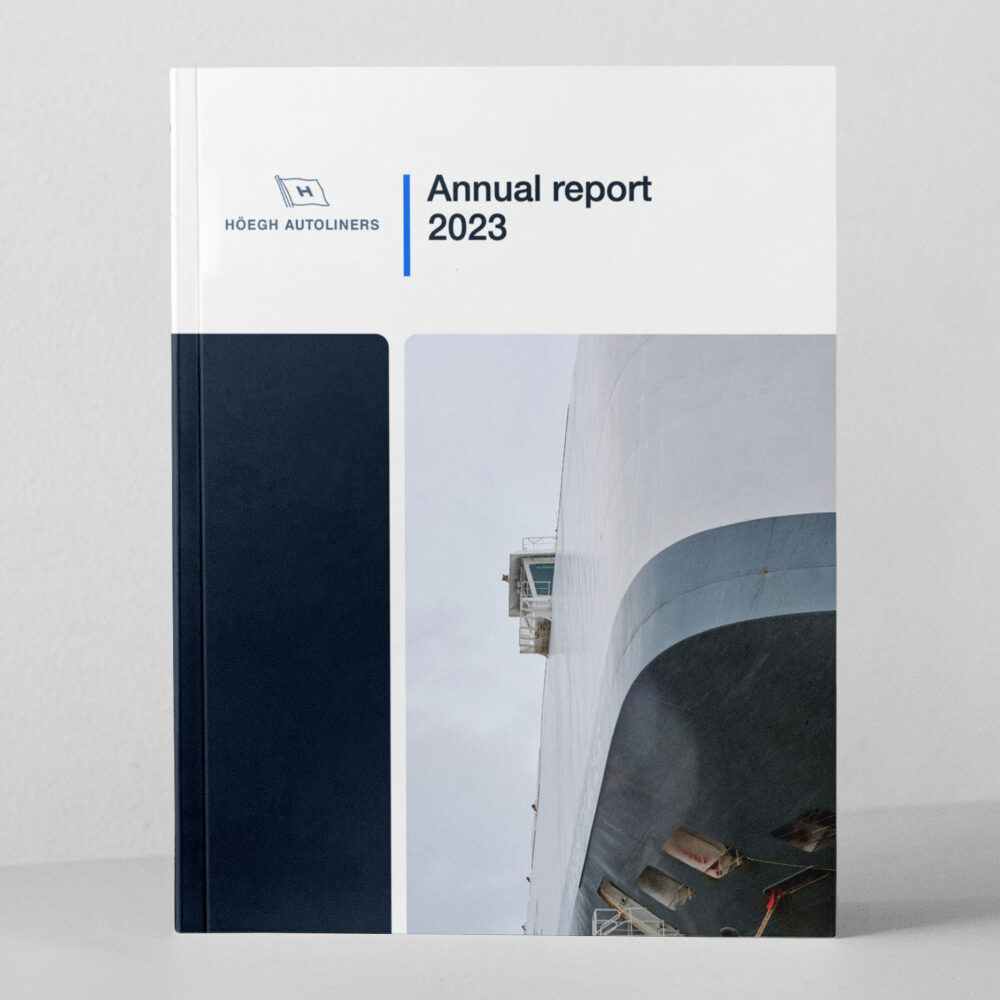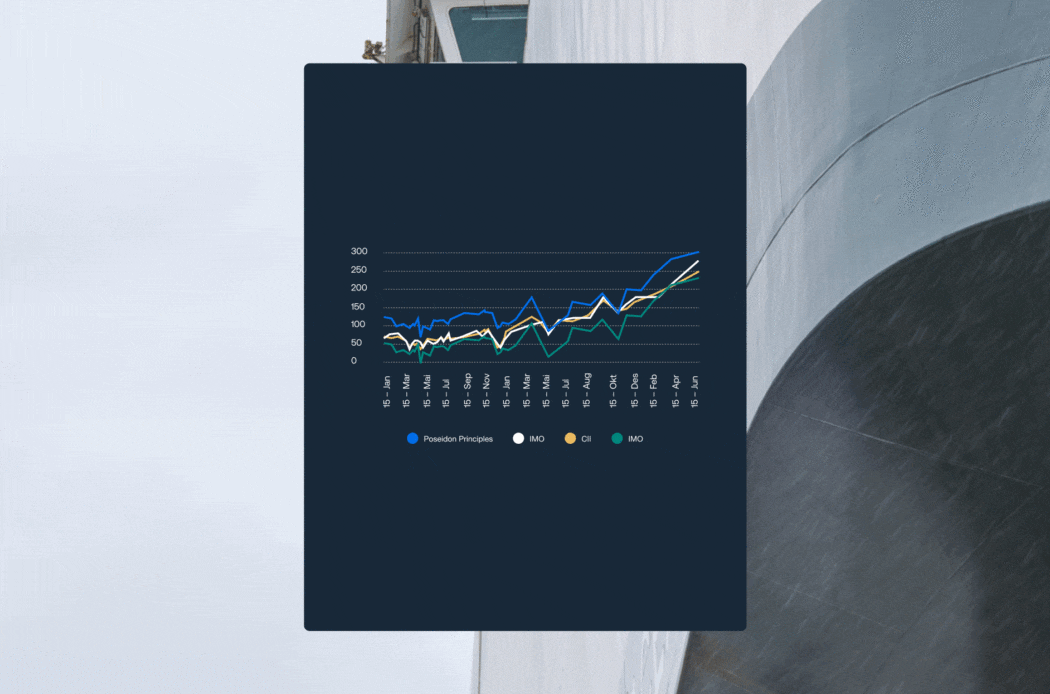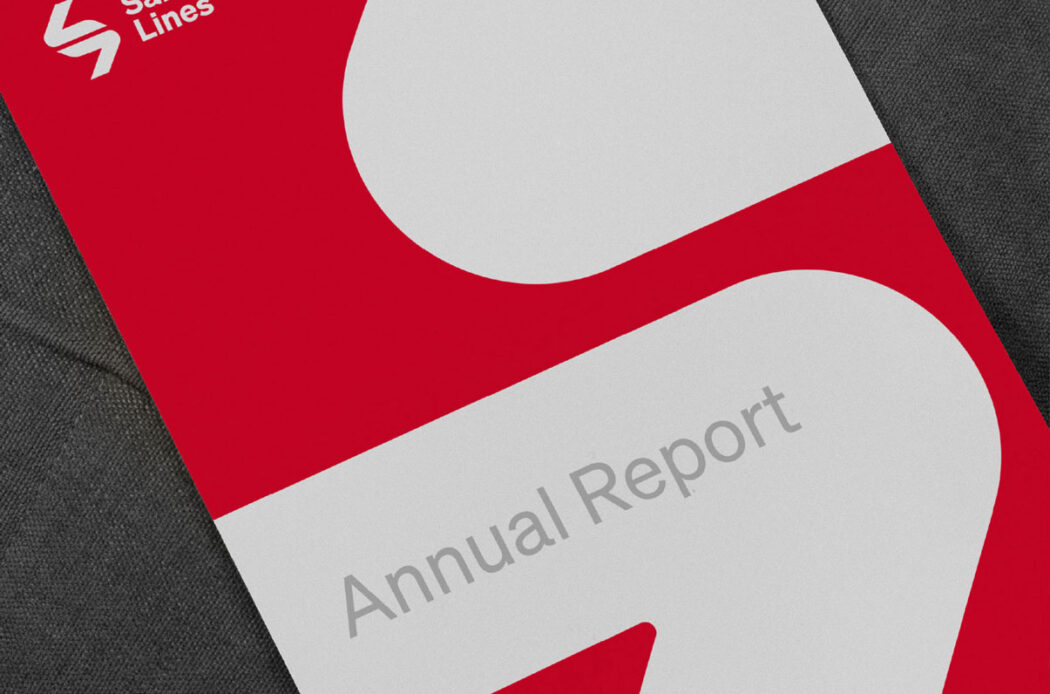ESEF and CSRD – New Standards for Digital Financial and Sustainability Reporting
Since January 1, 2020, ESEF (European Single Electronic Format) has been the mandatory standard for annual reporting for all publicly listed companies in the EU and EEA. The goal is to ensure greater transparency and accessibility in financial reporting, making companies’ financial statements easily available and understandable to investors and the public.
All publicly listed companies must publish their annual reports in the ESEF format. This includes the use of iXBRL (Inline eXtensible Business Reporting Language), which makes the report both human-readable and machine-readable. As companies now prepare their annual reports for 2024, it’s important to be aware of the following ESEF requirements:
- iXBRL Tagging: Financial data must be tagged to ensure compatibility and machine readability.
- XHTML Format: The annual report must be delivered in this format to be both human- and machine-readable.
- Audit of Tagging: Auditors should verify the correctness of the iXBRL tagging in the annual report.
CSRD – Expanded Requirements for Sustainability Reporting
Starting in 2024, the CSRD (Corporate Sustainability Reporting Directive) will come into effect for large companies and publicly listed enterprises, as part of the EU’s green transition. CSRD expands the reporting requirements to include sustainability information, focusing on companies’ impact on the environment, society, and governance (ESG).
The key requirements in CSRD include:
- Expanded Sustainability Reporting: Companies must report on how their operations impact the environment, human rights, social responsibility, and governance practices.
- Double Materiality: Companies must consider both how sustainability issues affect the company and how the company affects sustainability.
- ESEF Compatibility: Sustainability reporting must be integrated into the ESEF format and tagged with iXBRL, just like financial reporting.
- Grading: Reporting must follow EU standards for sustainability reporting, such as the European Sustainability Reporting Standards (ESRS).
This development requires a holistic approach to annual reporting, where both financial and sustainability information must be integrated and presented in a way that ensures transparency and compliance with the new regulations.
We have extensive experience in ensuring that annual reports meet necessary requirements, and we help you simplify the reporting process, whether it involves financial information or sustainability initiatives.
